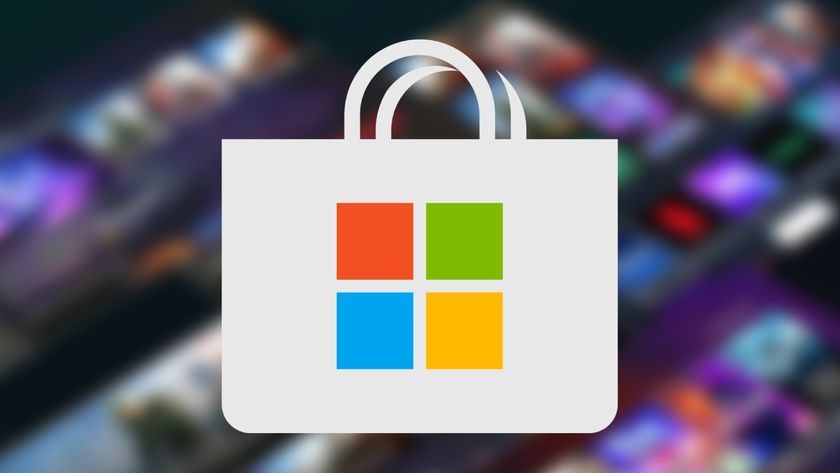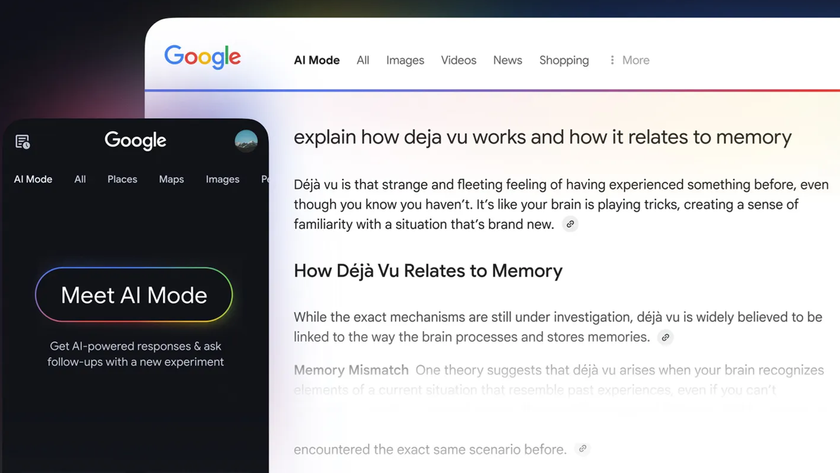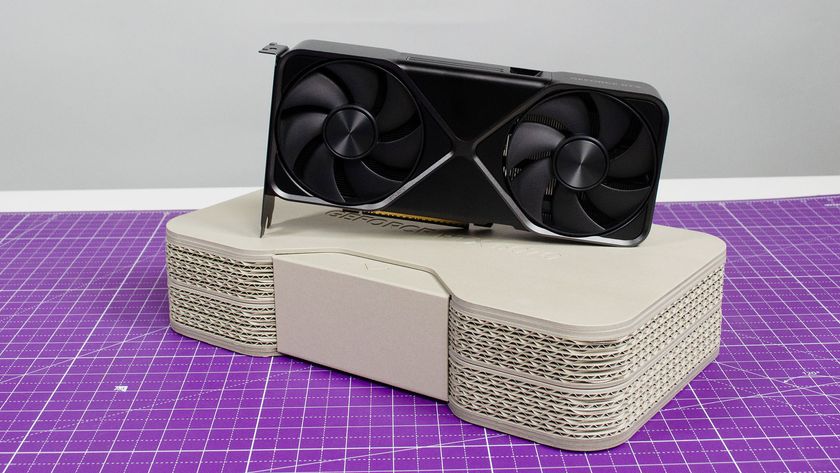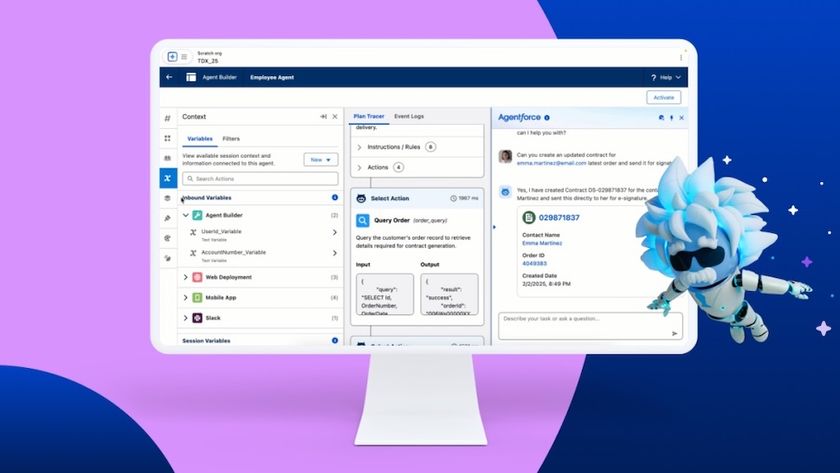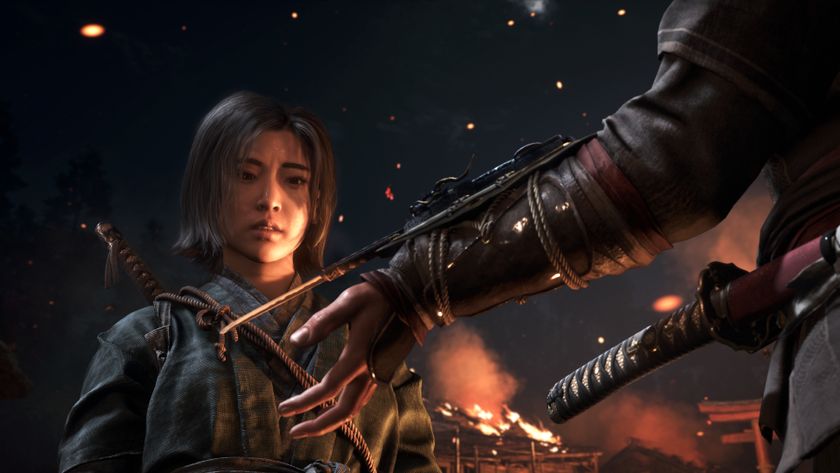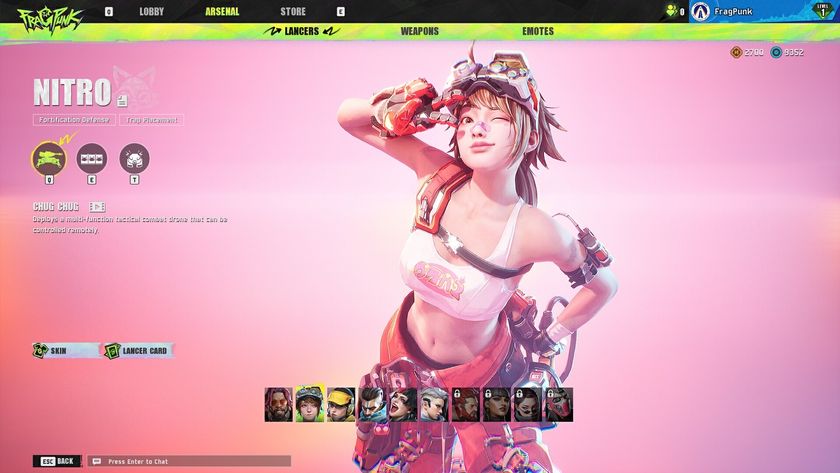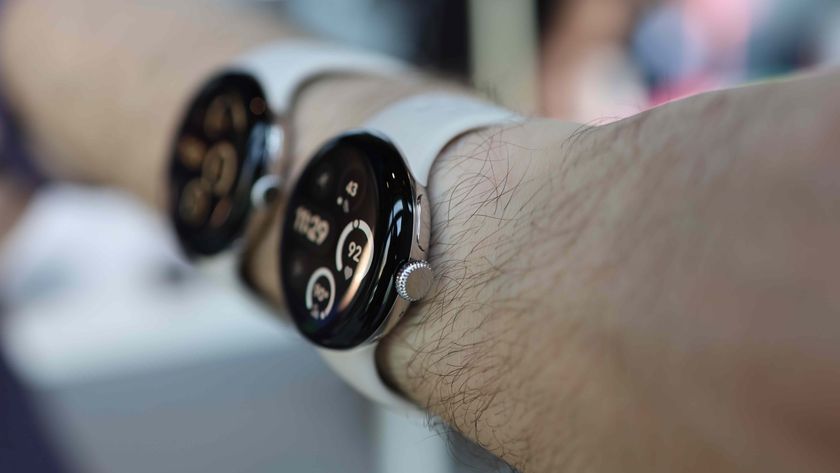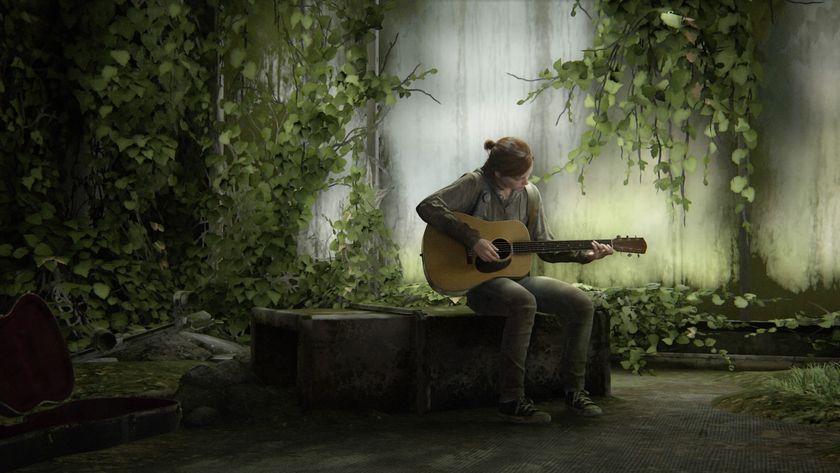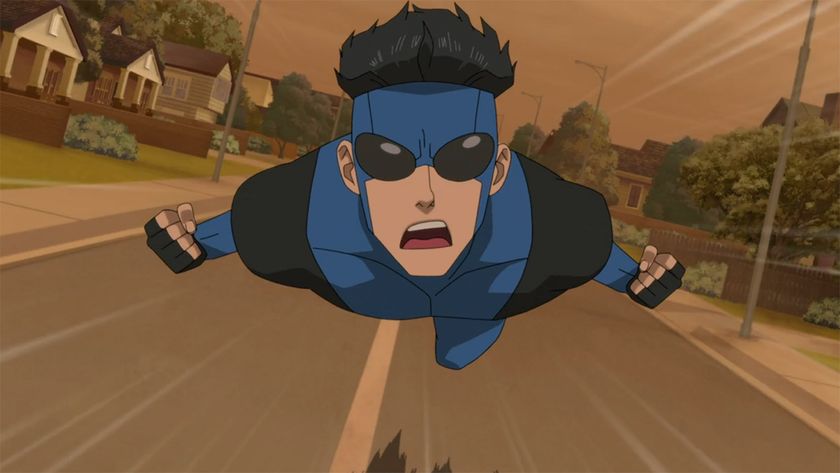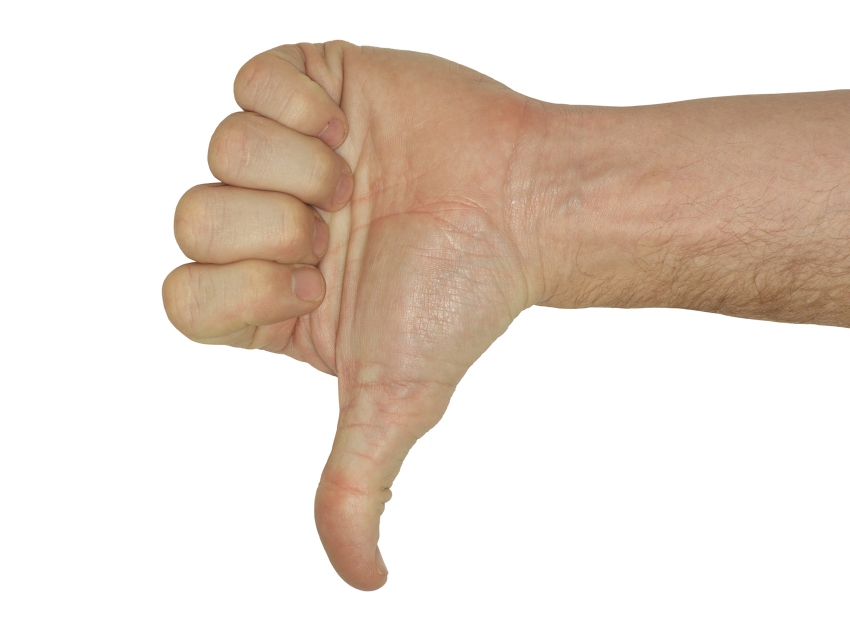
Our sister title .net, the bible for web designers and developers, has saved web sites and designers' jobs with its list of the top 10 design mistakes and how to avoid them.
Here are seven from the ten that are guaranteed to make your site suck.
1. Non-standard UI elements
With web design, it's tempting to define not only the appearance of page content, but also the browser controls. This is commonplace with forms and scrollbars, but Jakob Nielsen of useit.com reckons mucking about with these elements is dangerous. "Basic GUI widgets are the lexical units that form dialogue design's vocabulary," he cautions. "Changing their appearance or behaviour is like injecting foreign words into a natural-language communication."
2. Inconsistent design
Gone are the days when designers peppered layouts with every font known to man and the kind of colour palette that would make a drunken hippy blush. However, design consistency isn't at the fore of every designer's mind, and Eugene Reisch, senior art director at Digital Outlook, reckons it should be. "People need to know where they stand, and clear differentiation between elements is vital," he says. "If your design elements are inconsistently designed or laid out, the result will look clumsy and be hard to use."
3. Design before content
Get daily insight, inspiration and deals in your inbox
Sign up for breaking news, reviews, opinion, top tech deals, and more.
The mantra 'content is king' has been hammered home since people finally realised Flash intros weren't big and weren't clever, and yet many sites appear to have been constructed with little thought to their content. Olav Bjørkøy explains: "You should never design anything before you have a clear grasp of the content. In other words, design for your content: don't insert content into the design as an afterthought."
4. Version targeting and capping
Oh, how we used to fume when we visited a site with Netscape and were told to 'upgrade' to Internet Explorer, or when we'd have the latest Flash plug-in installed, but were told to 'upgrade' to the previous version, in order to view some lame animation. Yet capping and version targeting persist, with websites citing specific browsers or specific versions of a specific plug-in. "I'm fed up of being informed by websites that my browser 'does not support JavaScript' or I have 'the wrong version of Flash installed'," rants Ryan Roberts. "No! I have JavaScript disabled for security reasons, and if you can't be arsed to provide alternative content, at least tell me I 'may have JavaScript disabled'."
5. Not making a site's purpose clear
"You can't expect all users to put in effort," says Dave Luff, senior designer at Digital Outlook, on what he calls 'the biggie' of design mistakes. He's talking about sites that 'force' users to put in work finding out what the site is about. "There's no reason to force a user to your 'About' section to find out who you are," he says. "No matter how good your website looks, if I don't know roughly what's going on, I'll leave."
6. Inflexible CSS layouts
With an increasing number of designers heading towards CSS-based layouts that make heavy use of fixed, floated divs, inflexibility is causing problems, as Bart Szyszka, design technologist at NYTimes.com, explains: "Designers often specify margins and padding in CSS when they needn't and shouldn't. If divs are floated, everything has a set width and the margins are all specified, there's no breathing room, and layouts can wrap, notably in Internet Explorer 6."
7. Visual flair over user experience
No matter how pretty a site is, people won't bother with it if the user experience is poor. "This is a pet hate of mine, because it shows a lack of thinking and concept development," says Ian Barrington-Light of Ralph. He's not suggesting creativity be substituted for user experience, but that the two should work in harmony. If people can't use your site, no one will see it, and if there's no focal point, you'll struggle to attract and retain users.
The TechRadar hive mind. The Megazord. The Voltron. When our powers combine, we become 'TECHRADAR STAFF'. You'll usually see this author name when the entire team has collaborated on a project or an article, whether that's a run-down ranking of our favorite Marvel films, or a round-up of all the coolest things we've collectively seen at annual tech shows like CES and MWC. We are one.

